The Rheinauhafen district in Cologne is a fascinating example of urban renewal, blending historical heritage with modern architectural innovation. Originally constructed in the 1880s, this area was once a bustling harbor crucial to Cologne’s industrial and commercial life. The port helped connect the city to global trade routes and supported local industries by enabling the transport of goods along the Rhine River. However, by the late 20th century, Rheinauhafen had fallen into decline as industrial needs shifted, and the area became underused and in need of revitalization.
In the early 2000s, Cologne launched an ambitious redevelopment project to transform Rheinauhafen into a dynamic, mixed-use district. The goal was to create a space that respected its historical roots while meeting modern urban needs. The project retained some original structures to preserve the area’s character, while new buildings, such as the iconic “crane houses” (Kranhäuser), brought a contemporary twist. Designed to resemble the cranes that once operated on the harbor, these striking buildings have become symbols of Cologne’s architectural landscape. The crane houses now accommodate luxury apartments, offices, and restaurants, making Rheinauhafen a lively neighborhood where people can live, work, and relax.
The district also reflects Cologne’s rich cultural heritage through its street names, many of which honor influential local women. For example, Agrippina Dock is named after Agrippina the Younger, the Roman founder of Cologne. This thoughtful naming scheme adds depth to the area, celebrating the contributions of historical figures to Cologne’s story.
Today, Rheinauhafen is a popular destination for both residents and tourists. Its wide promenades, public spaces, and riverside views create a welcoming atmosphere for walking, cycling, and dining by the water. The area’s transformation has successfully turned an old industrial port into a vibrant urban space that respects Cologne’s past while embracing its future.

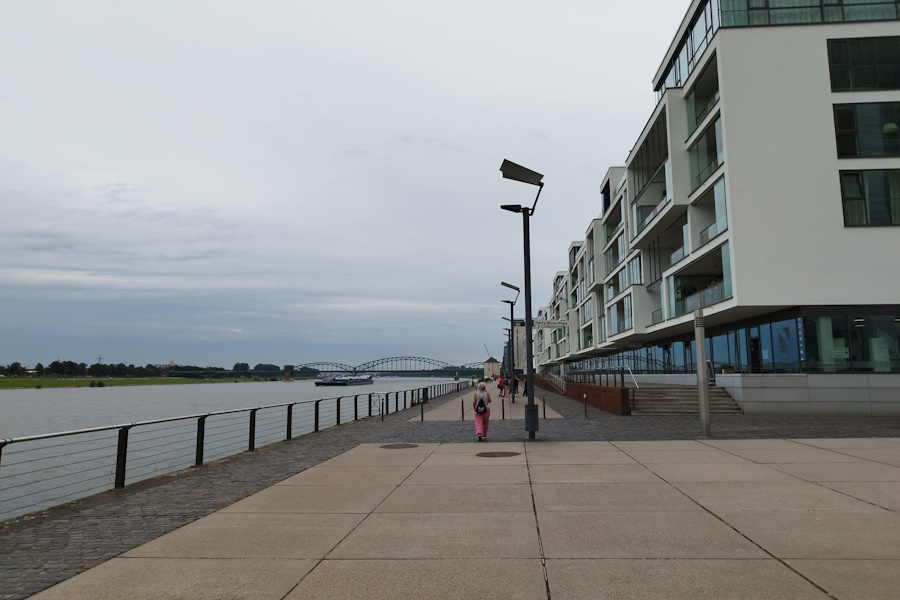
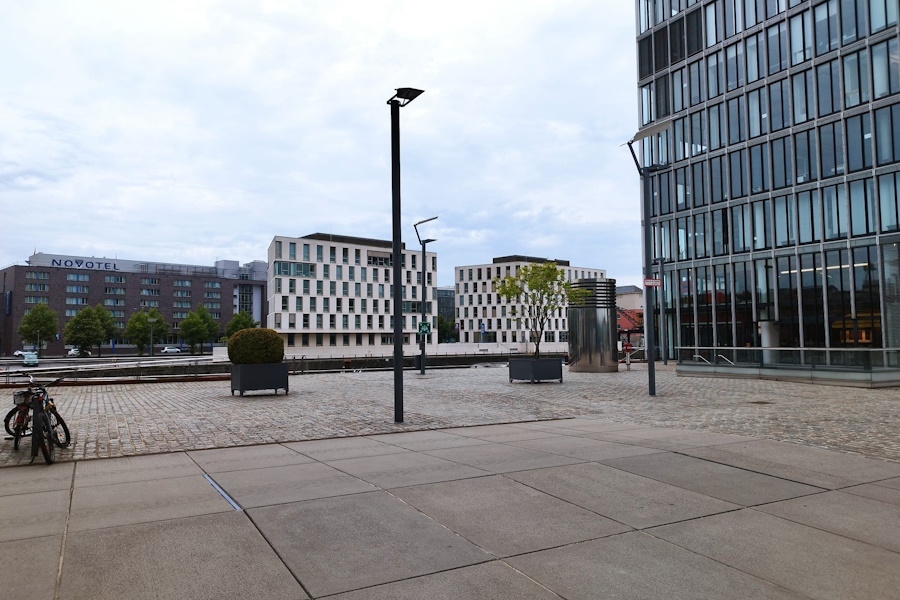
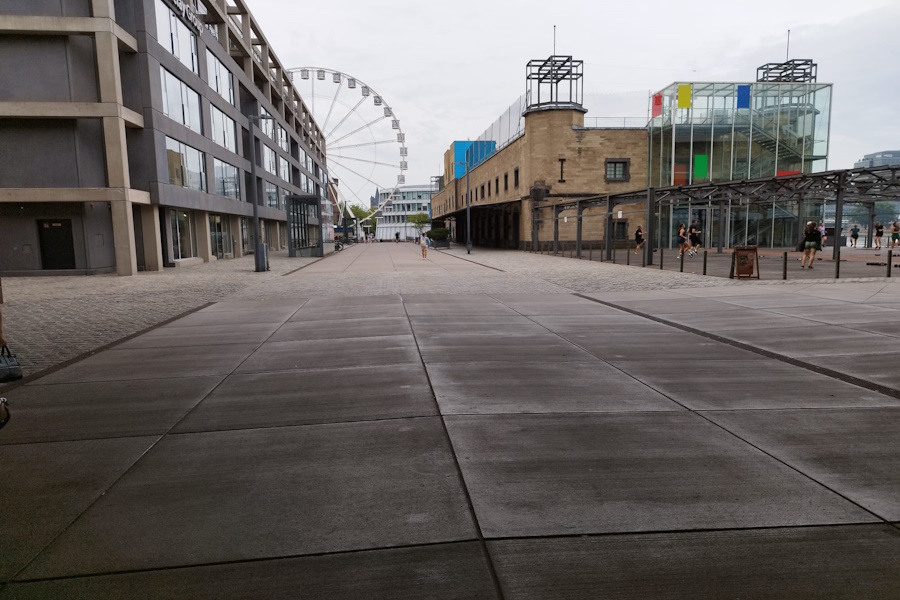
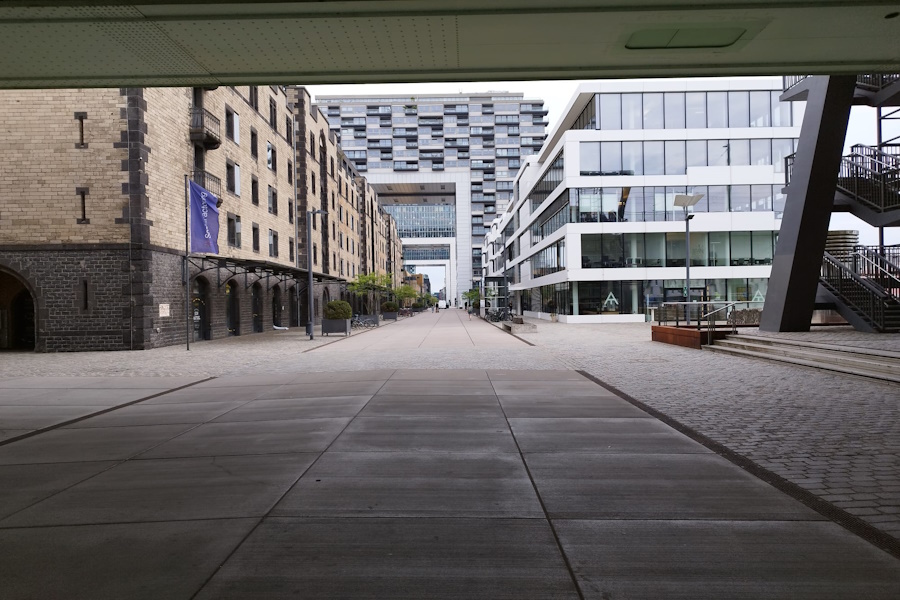
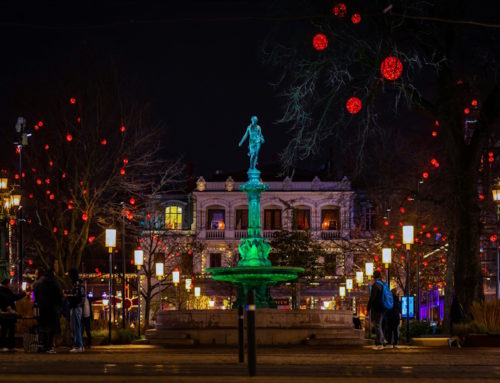
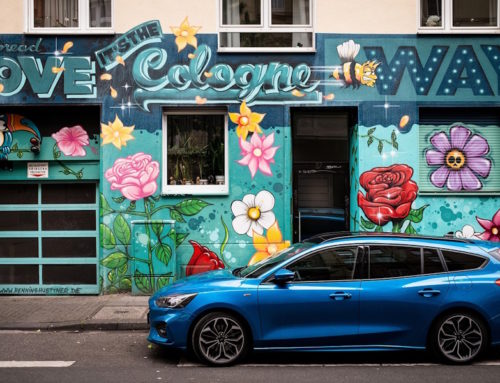

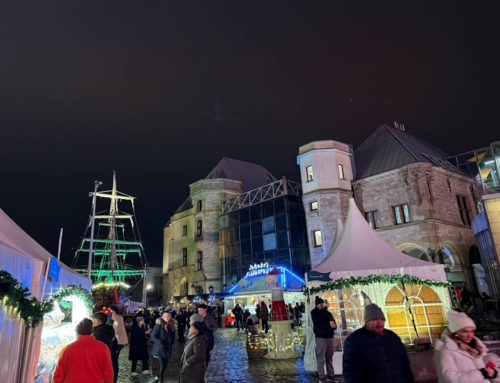
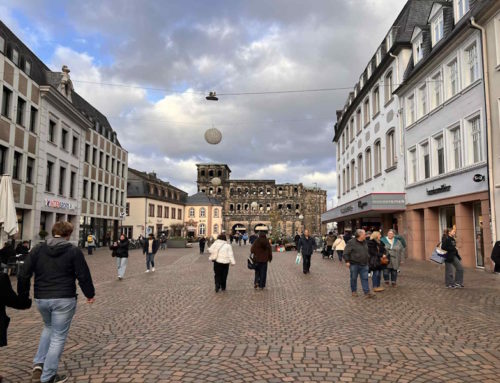
Leave A Comment